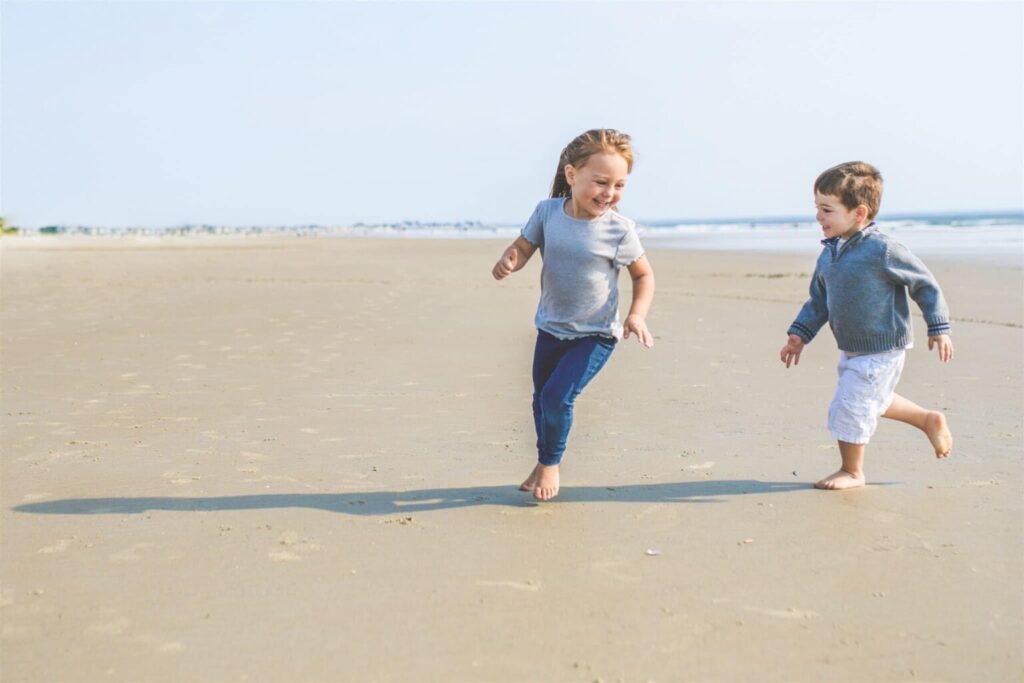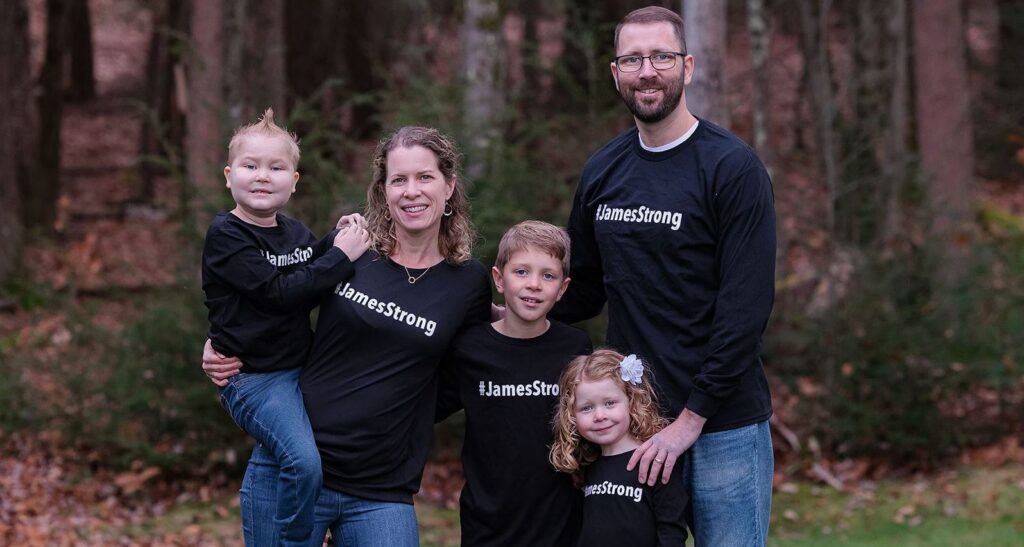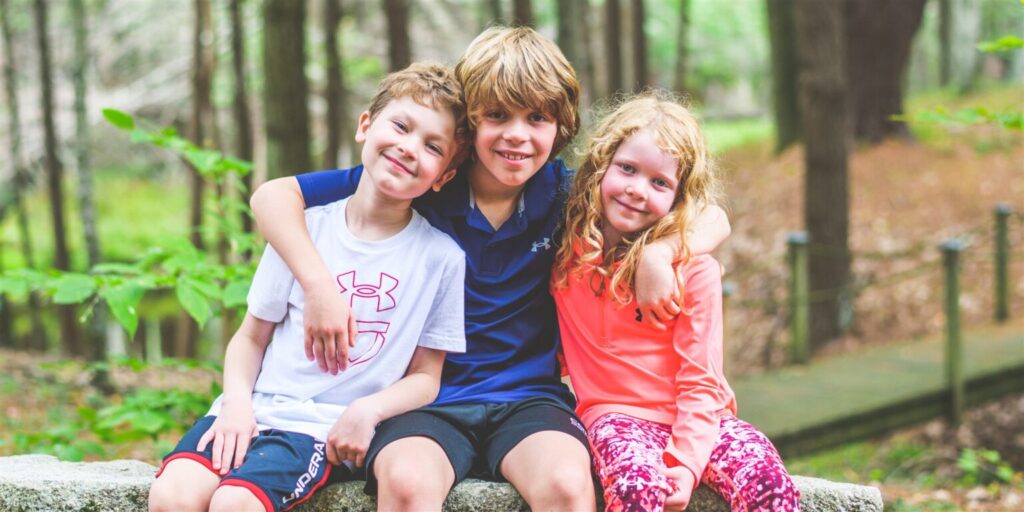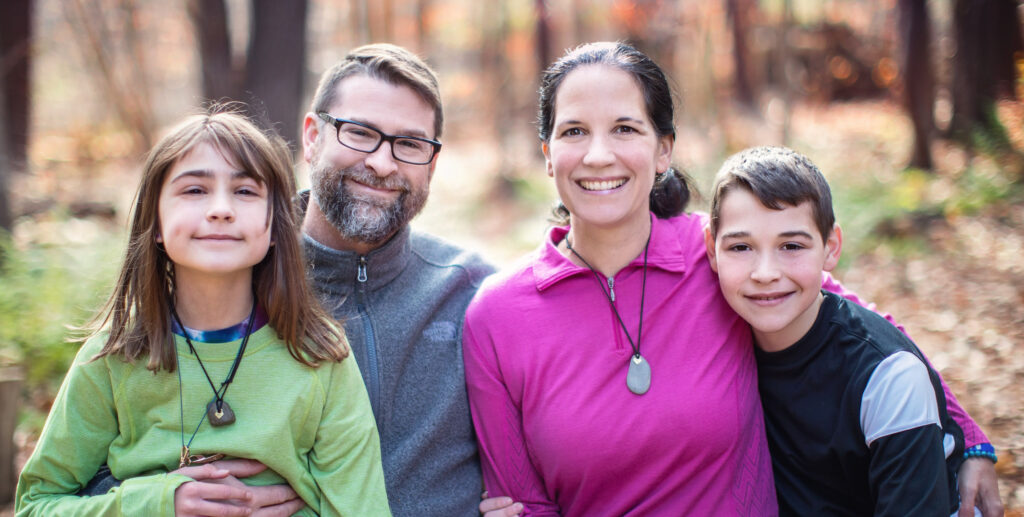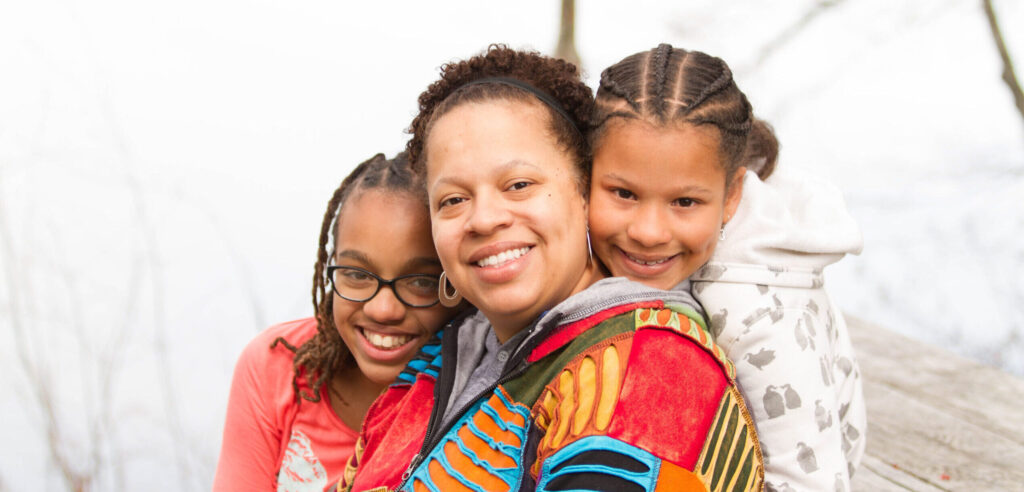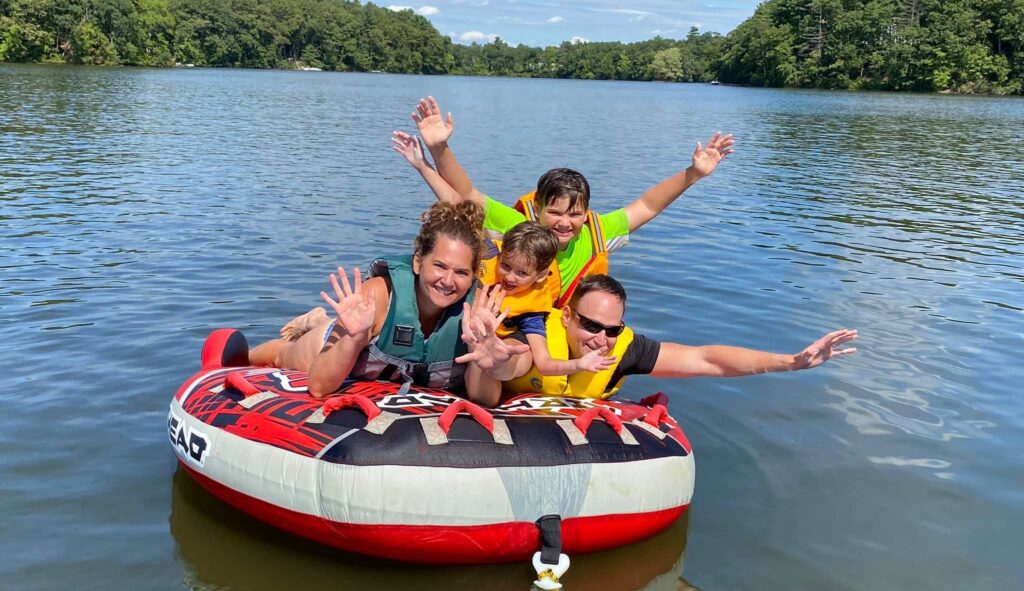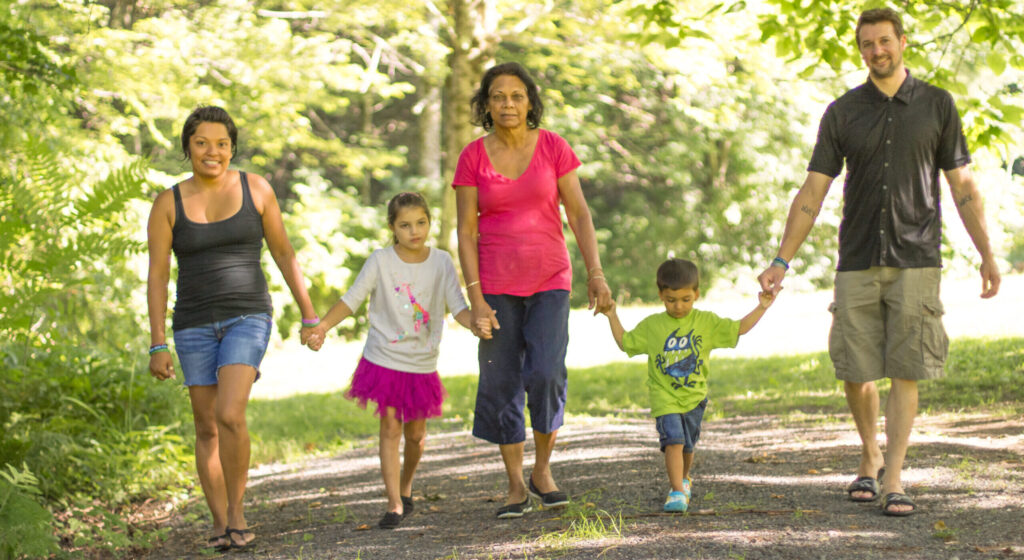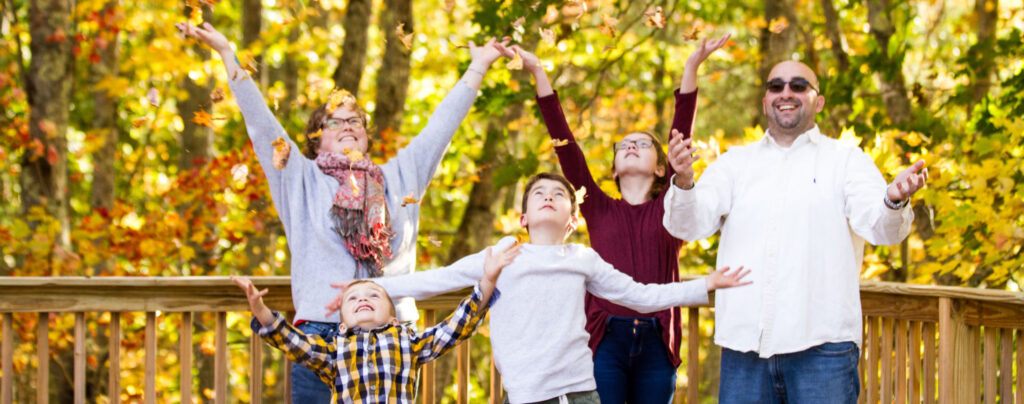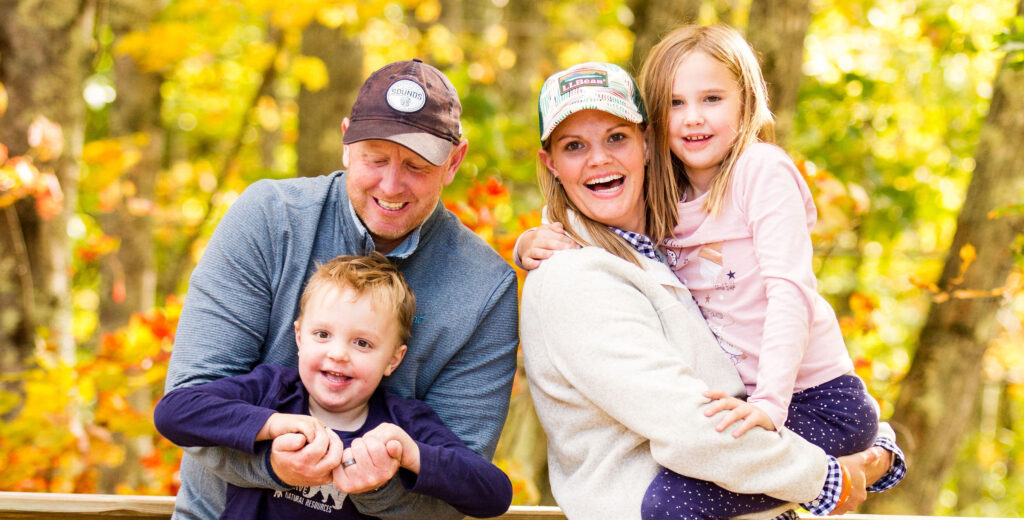As a parent, it’s hard not to worry. And while some parents hold more fears than others, usually cancer is not at the top of the list. But when that unfathomable diagnosis strikes a family, it’s as if you’ve been thrust into an alternate universe–one where your greatest fears come to life. At two years old, on December 9th of 2018, Jane Santoro was diagnosed with B-Cell Acute Lymphoblastic Leukemia, and the nightmare that is pediatric cancer began for her and her parents, Sandra and Mike.
Jane’s 2.5 years of treatment were intense. Their team at Mass General Hospital for Children only told them about each phase of treatment right before it began because of all the unknowns. The second phase hit the hardest, with Jane winding up in the PICU on a ventilator. Her parents were told she was in respiratory failure and they thought they were saying goodbye. This was the hardest and scariest moment for their family, but incredibly, Jane pulled through.
Jane had many difficult moments, from missing her baby brother Charlie, who was only 5 months old when she was diagnosed, to losing the ability to walk and lift food to her mouth. Steroids affected her spirit, which was heartbreaking to watch, with no way to help. Jane’s treatment was long but became less intense after the first 10 months or so. She had daily oral chemo but only monthly clinic visits and lumbar punctures and IV chemotherapy once every three months. Living all of this during Covid definitely added an extra layer of stress.
Music therapy has been immensely helpful for Jane. Even when she was in a coma, a music therapist came to sing lullabies to her. Her mom knew she could hear during this time because her heart rate would change on the monitors. Jane’s current music therapist, Lorrie, is a constant source of comfort. Lorrie spreads joy wherever she goes.
Jane’s kindergarten teacher recently told her parents how mature she is in the classroom–we also noticed this at our Rett’s Roost retreat! Jane spent several of her toddler years playing mostly with adults instead of kids, so she is comfortable with “grownups” and can be very eager to understand all the ins and outs of adult conversations. Still, she is just six years old and is still navigating the differences between her and her peers. She is proud of her scar and bravely tells her friends about cancer when they ask what happened to her.
Jane’s brother Charlie, at four years old, makes sure to be very brave at the dentist and doctor, just like his big sister. Their new baby Henry was born just four months ago. Sandra and MIke are grateful that they can be with Henry much more than they could with baby Charlie. It’s always so hard to lose time with the siblings. As Jane’s mom says, “Cancer is a thief!”
Now that Jane has been cancer free for a few years, the Santoros sometimes want to forget everything that happened to them. Jane and her brother were so young and it might be easier to leave the past behind. But Sandra and Mike believe that it’s important to not hide away the hard experiences in life. They want to show their children what they have been through and encourage them to remember how strong they are and hopefully foster empathy toward others facing life’s challenges.
The Santoros keep moving forward with lots of love and support from each other, their community, other families that have faced similar experiences, and organizations like Rett’s Roost that offer them new friendships and experiences. On an individual family trip to Ogunquit in 2021, they experienced bright, sunny days at the beach and the kids’ first lobster boat ride. And at a retreat this summer, they made connections with other families affected by childhood cancer, frolicked in bubble storms and foam parties, spent time crafting, finding peace through nature, healing with reiki, telling their story, and most of all just feeling cared for.
Jane’s mom told us how now when she gets caught up in the daily hustle, she will catch herself reverting back to her pre-cancer worries–that normal family life is overly stressful. It’s in the quiet moments when she’s gazing at baby Henry or hugging her other two when she suddenly feels an overwhelming sense of appreciation and gratitude for their life in this moment. To a newly diagnosed family, Sandra wants to remind them to say “yes” to those that offer help. “Tell them what you need. Those who care about you want to help and don’t want cancer to take from you any more than it already has. In the moments when a gift or dinner is dropped off, you are also given an ear to listen and a connection to a community that is there for you.”
